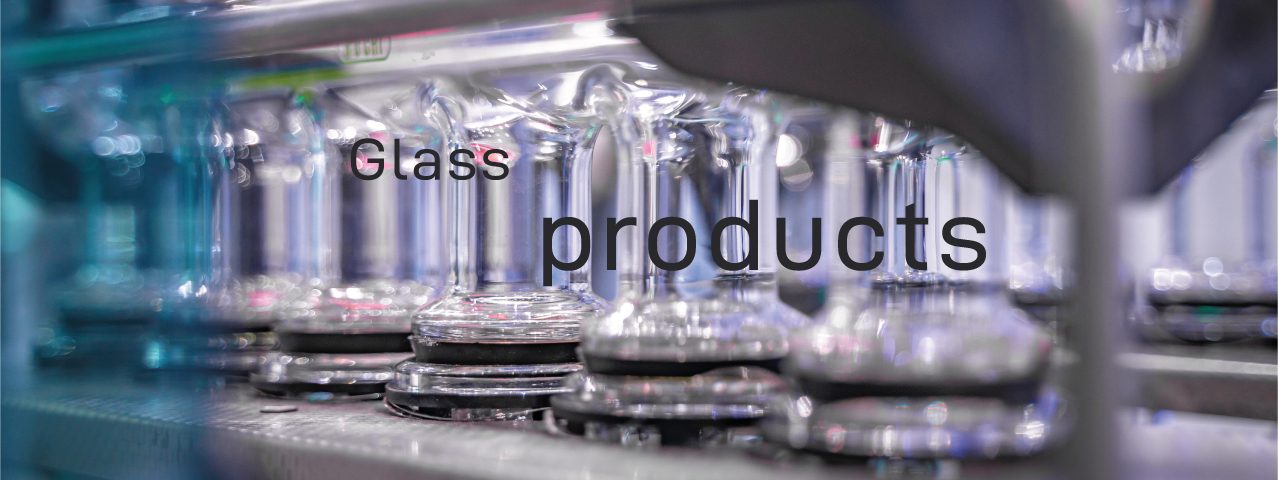
Les produits verriers
SAPPHIRE GLASS
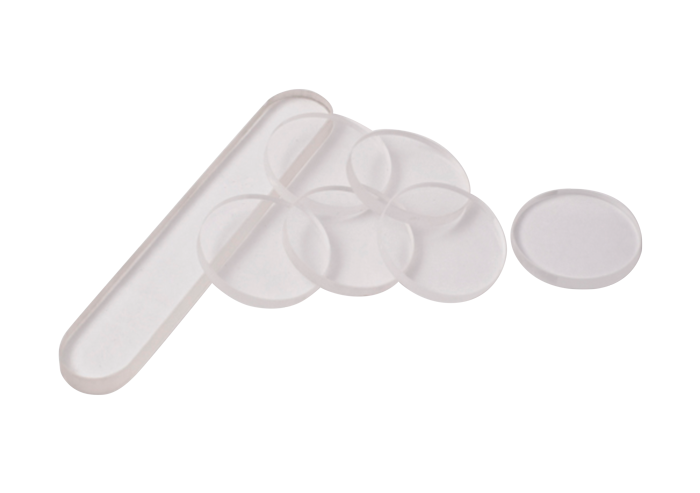
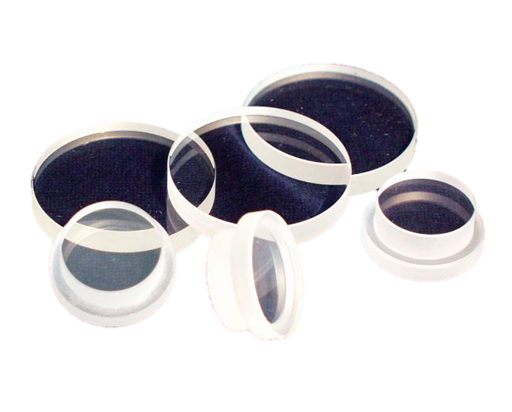
Sapphire or crystalline corundum is artificially manufactured, unlike its precious gemstone namesake.
Sapphire is generally produced by crystallising aluminium oxide powder (Al2O3) at a very high temperature and pressure.
However, there are various sapphire crystal development processes, and the most widely used are ISM (polycrystalline), KY, HEM, EFG and CZ (monocrystalline).
Advantages :
• Very good transmission in the UV range – close to IR.
• Incredibly resistant compared to other optical glasses (thermal, chemical, mechanical shocks).
• Very resistant to scratches and abrasion (9 on the Mohs hardness scale, just below diamond).
• Very high melting temperature.
Applications :
• Photoelectric sensor.
• Watchmaking: watch glass (can only be scratched by diamond).
• Scanner glass: often subject to scratches.
• Telephone screens: used for digital fingerprint readers, smartphones, cameras and some watches.
• Windows that must resist extreme temperatures or pressure: laser applications.
Disadvantages :
Its extreme hardness makes it a difficult material to machine, which therefore limits the complexity of shapes possible.
Download technical document : FICHE_VERRE_SAPHIR.pdf
CURVED GLASS
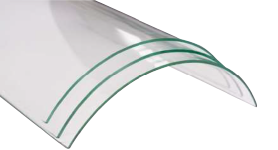
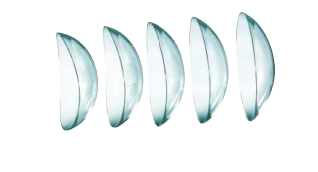
• Fusing or thermoforming: using glass that will be heated progressively in a kiln. Once the softening temperature is reached, the glass fits over or into the shape of a convex or concave mould by the force of gravity. • Cutting of tubes or spheres: depending on the dimensions requested by the customer, we can cut sections of tube ranging from 9 mm to 465 mm in diameter and spheres from 85 mm to 420 mm in diameter. • Moulding (or press moulding): process used for more complex shapes that cannot be obtained through thermorforming, or for very thick parts. • Machining.
Applications :• Cameras, lenses. • Protective screens (dome for cameras, store windows, light fixtures, etc.). • Watchmaking. • Aquariums.
Advantages of curved glass: Depending on the application(s), dimensions and finishes, there are several manufacturing possibilities. Disadvantages of curved glass: The tools required for manufacturing (templates, moulds, etc.). Types of glass that can be curved: Borosilicate glass, soda-lime glass, quartz, optical glass. Download technical document : FICHE_VERRE_BOMBÉ.pdfLAMINATED GLASS
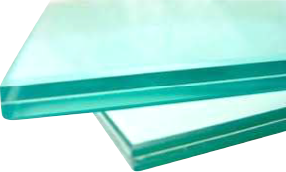
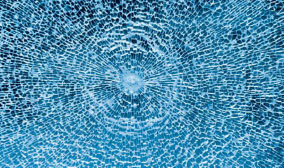
Laminated glass is made of 2 or more single glass sheets (annealed or tempered).
These sheets are glued together using one or more PVB films (polyvinyl butyral).
In the event of impact, laminated glass provides a protective barrier.
Applications :
• Floor panels, stairs, guardrails
• Automotive
• Protection of buildings: anti-intrusion, bulletproof, explosion proof
• Doors to industrial machines
• Protection of display and advertising screens
• Protection of artwork
• Fire resistant or flame resistant panels
Advantages of laminated glass:
• If broken, it absorbs a certain amount of the impact energy. The PVB film prevents shards from coming loose, therefore ensuring residual protection before the damaged piece can be replaced.
• It also improves acoustics by attenuating certain frequencies. It can be transparent, coloured or ground.
• It provides a very good level of protection against UV rays.
Disadvantages of laminated glass:
• Difficult to cut and drill
We provide tempered glass in the form of:
• Discs and sheets.
Download technical document : FICHE_VERRE_FEUILLETÉ.pdf
TEMPERED GLASS
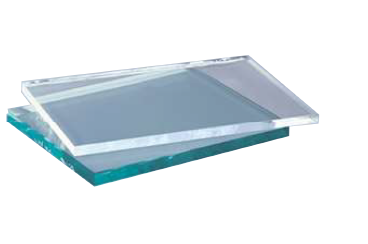
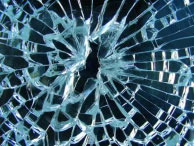
• Windows for rolling stock • Protective glass for industrial machines, anti-intrusion, building façades, furniture • Lights, explosion-proof boxes, portholes • Laminated glass that has also undergone tempering can be used for applications that require compliance with specific safety standards
Advantages of tempered glass:• Relatively low cost, easy to use, possibilities for sandblasting and screenprinting.
Disadvantages of tempered glass: Once tempered, it is no longer possible to work the glass (no drilling or cutting). Technical data: On average, the theoretical values for mechanical properties of tempered glass are 3 to 5 times higher than those of glass that has not been tempered. We provide tempered glass in the form of:• Sheets, discs, curved glass (before tempering), laminated or multilayer laminated, double glazing.
Download technical document : FICHE_VERRE_TREMPÉ.pdf